How to Help Clients Training for a Spartan Race (Free Guide)
Mastering the art of training clients for a Spartan Race can broaden your personal training services significantly. However, it’s crucial to possess the right tools and knowledge to guide these clients effectively. Utilizing certain personal training software features can be instrumental in this process. Discover how to guide clients training for a Spartan Race and all the best personal training business tools you need in this detailed guide.
- Training clients for a Spartan Race requires a robust approach, integrating strength and endurance workouts, agility training, and mental toughness exercises.
- Most Spartan Race training clients will need a comprehensive training plan that prepares them to tackle varied and demanding physical challenges under different conditions.
- The use of workout and assessment software can aid in tracking progress, scheduling varied workouts, and managing recovery, ensuring your clients achieve their Spartan Race goals safely and effectively.
Guiding clients towards their Spartan Race goals can offer personal trainers a fulfilling way to make a significant impact on their clients’ fitness journeys.
To help clients training for a Spartan Race effectively, it’s important to not only understand the demands of such a race but also to have the right tools to monitor progress and adjust training plans; this is where personal training software comes into play. By leveraging the features that the best personal training software offers, you can guide clients in their Spartan Race training in a way that enhances their performance and reduces the risk of injury.

To get the best personal training software from Exercise.com, book a demo now!
The Benefits of Training for a Spartan Race
Welcome to our comprehensive guide on how to help clients train for a Spartan Race. In this article, we will cover all aspects of Spartan Race training to ensure your clients are fully prepared for this challenging event. From setting goals and creating training schedules to nutrition tips and injury prevention strategies, we’ve got you covered.
Training for a Spartan Race offers numerous benefits for both physical and mental wellbeing. Engaging in regular exercise not only improves cardiovascular fitness and strengthens muscles but also boosts mood, reduces stress levels, and enhances cognitive function. Additionally, participating in a Spartan Race fosters a sense of accomplishment, camaraderie, and personal growth.
Furthermore, training for a Spartan Race can also improve overall endurance and stamina. The intense physical demands of the race, such as climbing walls, crawling under barbed wire, and carrying heavy objects, require participants to push their limits and build their endurance levels. This increased endurance not only helps during the race itself but also translates into everyday activities, making tasks like running, hiking, and even carrying groceries easier and more manageable.
Read More:
- How to Help Clients Training for a Trail Race
- How to Help Clients Training for an Obstacle Course Race
- How to Help Clients Training for a Tough Mudder
Setting Goals for Spartan Race Training
Before embarking on any training program, it is essential to set clear and realistic goals. Sit down with your clients to discuss their aspirations for the race. Are they aiming for a specific time, looking to improve overall fitness, or simply wanting to complete the course? By understanding their objectives, you can tailor the training plan accordingly to help them achieve their goals.
One important aspect of setting goals for Spartan Race training is to consider the individual’s current fitness level. Assessing their strengths and weaknesses can help determine areas that need improvement and set specific targets for training. For example, if a client struggles with upper body strength, a goal could be to complete a certain number of pull-ups or rope climbs during the race.
Another factor to consider when setting goals is the timeline leading up to the race. It is important to establish realistic and achievable milestones along the way to keep clients motivated and on track. Breaking down the training plan into smaller, manageable goals can help prevent overwhelm and ensure steady progress. These milestones can include completing certain distances or obstacles during practice runs or achieving specific fitness benchmarks by certain dates.
Creating a Training Schedule for Clients
Once goals have been established, it’s time to create a training schedule that incorporates a combination of cardiovascular exercise, strength training, and skill-specific workouts. This schedule should gradually increase in intensity to avoid overexertion or burnout. Encourage your clients to mix up their training routines to keep things interesting and accommodate their individual fitness levels.
Additionally, it’s important to consider the time commitment and availability of your clients when creating a training schedule. Some clients may have busy work schedules or other commitments that limit their availability for training sessions. It’s crucial to work with them to find a schedule that works best for their lifestyle and allows them to consistently attend their training sessions. This will help ensure their success and adherence to the training program.
Essential Exercises for Spartan Race Preparation
Spartan Race training should focus on building functional strength, improving mobility, and increasing endurance. Incorporate exercises like burpees, pull-ups, squats, lunges, and planks into your clients’ routines. These exercises mimic the movements required during the race, ensuring they are well-prepared to conquer the obstacles they will face.
In addition to these exercises, it is also important to include cardiovascular training in your clients’ Spartan Race preparation. Running, cycling, and swimming are great options to improve their endurance and cardiovascular fitness. Incorporating interval training, such as sprints or hill repeats, can also help simulate the intensity of the race. Remember to gradually increase the duration and intensity of their cardiovascular workouts to avoid overtraining and reduce the risk of injury. By combining strength training and cardiovascular exercises, your clients will be well-rounded and ready to tackle the challenges of the Spartan Race.
Building Strength and Endurance for the Spartan Race
To tackle the demanding terrain and challenging obstacles of a Spartan Race, clients need to build both strength and endurance. Incorporate high-intensity interval training (HIIT), trail running, and long-distance runs to improve cardiovascular fitness and stamina. Strength training exercises should target the major muscle groups and include both bodyweight and resistance training.
In addition to cardiovascular fitness and stamina, it is important to focus on building muscular strength and power for the Spartan Race. Incorporate exercises such as squats, deadlifts, and lunges to target the lower body muscles, which are crucial for climbing obstacles and navigating uneven terrain. Upper body exercises like pull-ups, push-ups, and overhead presses will help develop the necessary upper body strength for tasks such as rope climbs and carrying heavy objects.
Furthermore, incorporating plyometric exercises into your training routine can help improve explosive power and agility. Plyometric exercises such as box jumps, burpees, and medicine ball throws can simulate the dynamic movements required during the race, helping you become more efficient in overcoming obstacles and maintaining a fast pace.
Strategies for Overcoming Obstacles in the Spartan Race
Spartan Races are renowned for their unique and challenging obstacles. To help your clients overcome these obstacles successfully, incorporate specific skill-building exercises into their training routines. Focus on improving grip strength, agility, and balance through activities such as rope climbing, monkey bars, and balance beam work.
Additionally, it is important to emphasize mental preparation for the Spartan Race. Encourage your clients to practice visualization techniques, where they imagine themselves successfully completing each obstacle. This can help build confidence and reduce anxiety on race day. Remind them to stay focused and maintain a positive mindset throughout the race, as this can greatly impact their performance. By combining physical training with mental preparation, your clients will be better equipped to conquer the obstacles in the Spartan Race.
Nutrition Tips to Fuel Clients’ Spartan Race Training
Proper nutrition is crucial for optimal performance during Spartan Race training. Encourage your clients to consume a balanced diet consisting of lean proteins, whole grains, fruits, and vegetables. Emphasize the importance of hydration and consuming adequate carbohydrates for sustained energy. Additionally, consider recommending appropriate supplements to support their training and recovery.
One important aspect of nutrition for Spartan Race training is timing. Advise your clients to eat a well-balanced meal or snack containing carbohydrates and protein about 2-3 hours before their training session. This will provide them with the necessary fuel to perform at their best. Additionally, remind them to refuel within 30 minutes after their workout with a combination of carbohydrates and protein to aid in muscle recovery and replenish glycogen stores.
Another key consideration is the role of fats in their diet. While it’s important to focus on lean proteins and carbohydrates, don’t overlook the importance of healthy fats. Encourage your clients to incorporate sources of unsaturated fats, such as avocados, nuts, and olive oil, into their meals. These fats provide essential nutrients and can help with satiety, which is important for endurance training.
Injury Prevention and Recovery for Spartan Race Participants
Training for a Spartan Race can be physically demanding and increase the risk of injuries. It is essential to educate your clients on injury prevention strategies such as proper warm-up and cool-down routines, maintaining good form during exercises, and gradually increasing training intensity. Encourage them to listen to their bodies and prioritize rest and recovery to prevent overuse injuries.
Additionally, it is important to emphasize the role of nutrition in injury prevention and recovery. Proper fueling before, during, and after training sessions can help support muscle repair and reduce the risk of fatigue-related injuries. Encourage your clients to consume a balanced diet that includes a variety of nutrient-dense foods, such as lean proteins, whole grains, fruits, and vegetables. Hydration is also crucial, so remind them to drink enough water throughout the day and during their workouts. By addressing both training and nutrition, you can help your clients optimize their performance and minimize the likelihood of injuries during their Spartan Race preparation.
Mental Preparation and Motivation for the Spartan Race
Preparing mentally for a Spartan Race is just as vital as physical training. Help your clients develop a positive mindset by encouraging them to visualize success, set small milestones, and practice mental resilience. Foster a supportive and motivating training environment to keep them engaged and enthusiastic throughout their journey.
One effective strategy for mental preparation is to incorporate visualization techniques. Encourage your clients to imagine themselves successfully completing each obstacle of the Spartan Race. This visualization exercise can help build confidence and reduce anxiety. Additionally, remind them to focus on their strengths and past achievements to boost their self-belief.
Another important aspect of mental preparation is setting realistic and achievable goals. Advise your clients to break down their training into smaller milestones. This not only helps them track their progress but also provides a sense of accomplishment along the way. Celebrating these small victories can keep them motivated and committed to their training regimen.
Incorporating Cross-Training into Clients’ Spartan Race Training
Cross-training is a valuable component of Spartan Race preparation. By incorporating various training modalities such as swimming, cycling, and yoga, you can enhance your clients’ overall fitness and reduce the risk of overuse injuries. Cross-training also provides a break from repetitive movements, reduces mental fatigue, and promotes muscle balance.
Additionally, cross-training can improve cardiovascular endurance, flexibility, and agility, which are all essential for successfully completing a Spartan Race. Swimming, for example, can help improve lung capacity and upper body strength, while cycling can enhance lower body strength and endurance. Yoga, on the other hand, can improve flexibility, balance, and mental focus. By incorporating these diverse training modalities, you can ensure that your clients are well-rounded athletes, capable of tackling the challenges of a Spartan Race.
Tips for Choosing the Right Gear and Equipment for a Spartan Race
Choosing the appropriate gear and equipment can significantly impact your clients’ Spartan Race experience. Advise them to invest in well-fitting running shoes with good traction, breathable clothing, and gloves for grip support. Encourage them to test and become comfortable with their gear during training to avoid surprises or discomfort on race day.
Additionally, it is important to remind your clients to consider the weather conditions on race day when selecting their gear. If the race is taking place in a hot and humid environment, suggest lightweight and moisture-wicking clothing to keep them cool and dry. On the other hand, if the race is in a colder climate, recommend layering their clothing to stay warm and comfortable throughout the race. By taking into account the weather conditions, your clients can ensure they are prepared for any challenges they may face during the Spartan Race.
Preparing for Different Terrain in the Spartan Race Course
Each Spartan Race course is unique, presenting participants with varying terrains and challenges. Prepare your clients by incorporating different types of training to mimic what they may encounter on race day. This could include hill workouts, trail runs, stairs, and running on different surfaces such as sand or mud.
Training as a Team: Group Workouts and Support Systems
Training as a team can provide additional motivation and support for clients preparing for a Spartan Race. Consider organizing group workouts where participants can push each other, share experiences, and build camaraderie. Encourage them to join online communities or local training groups for ongoing support and inspiration.
Overcoming Fear and Mental Blocks in the Spartan Race
Spartan Races can be intimidating for many participants, especially when facing obstacles that trigger fear or self-doubt. Teach your clients strategies to overcome these mental blocks, such as positive self-talk, visualization, and breaking down obstacles into smaller, manageable tasks. Remind them that facing fears and pushing past perceived limits is an integral part of the Spartan Race experience.
Strategies for Navigating Water Obstacles in the Spartan Race
Water obstacles are a common feature in Spartan Races and require specific skills to navigate successfully. Incorporate swimming drills, pool workouts, and water-based exercises into your clients’ training routines. Teach them techniques such as treading water, swimming with clothes on, and maintaining balance while crossing water obstacles.
Train Your Clients to Finish the Spartan Race
Training for a Spartan Race is no small feat, but with the right guidance and preparation, your clients can conquer this exciting challenge. By setting clear goals, creating tailored training schedules, emphasizing proper nutrition and injury prevention, and addressing mental preparation, you can help your clients achieve their Spartan Race aspirations. Remember, teamwork, support systems, and a positive mindset are just as crucial as physical training. So gear up, get your clients pumped, and start their Spartan Race journey today!
How do people train for Spartan races?
Training for Spartan races involves a combination of cardiovascular fitness, strength training, endurance, agility, and mental toughness. It typically includes running or jogging, obstacle-specific training, strength exercises like pull-ups and squats, agility drills, and mental resilience exercises.
How do you train for Spartan race for beginners?
For beginners, it’s important to start with a foundation of cardiovascular fitness and gradually progress. Incorporate running or jogging, bodyweight exercises, functional movements, and interval training to improve endurance and strength. Gradually introduce obstacle-specific training to build skills and confidence.
How to train for Spartan race as a woman?
Training for a Spartan race as a woman follows similar principles as for men. Focus on cardiovascular fitness, strength training, agility, and mental preparation. Tailor your training to your specific goals and abilities, and consider incorporating exercises that target areas where women typically have lower strength, such as upper body and grip strength.
How do you build endurance for Spartan race?
To build endurance for a Spartan race, gradually increase your training volume and intensity over time. Include longer distance runs, interval training, hill workouts, and endurance-based circuits that mimic race conditions. Consistency and progressive overload are key to improving endurance.
Can the average person do a Spartan Race?
Yes, the average person can do a Spartan race. Spartan races offer various race distances and difficulty levels, including beginner-friendly options. With proper training, preparation, and a positive mindset, individuals of different fitness levels can participate and complete a Spartan race.
How many people fail the Spartan Race?
The percentage of people who fail a Spartan race can vary depending on the race difficulty level and the specific obstacles encountered. However, Spartan races are designed to be challenging, and it’s common for participants to face obstacles they may not be able to complete. Failure is a natural part of the race, and participants can still finish by attempting the penalty or completing the obstacle on subsequent attempts.
How fit do you need to be to do a Spartan?
To do a Spartan race, you should have a basic level of fitness and be capable of running or jogging continuously for a certain distance, depending on the race category. The level of fitness required will vary depending on the race distance and difficulty level. Beginners can start with shorter distances and gradually progress as their fitness improves.
What exercises should you do to train for a Spartan race?
To train for a Spartan race, incorporate a variety of exercises including running or jogging, bodyweight exercises, strength training (such as pull-ups, squats, and lunges), agility drills, grip strength exercises, and functional movements that mimic the obstacles encountered in Spartan races.
What is the easiest Spartan Race?
The easiest Spartan Race is typically the Spartan Sprint, which is the shortest distance race (around 3 miles) and offers fewer and less challenging obstacles compared to the longer distances like the Super or Beast. The Sprint is often recommended for beginners or those new to Spartan races.
Do you have to be super fit to do a Spartan race?
While being fit and having a solid level of cardiovascular endurance and strength certainly helps, you don’t have to be “super fit” to do a Spartan race. Spartan races are designed to challenge individuals of different fitness levels, and there are race categories and difficulty levels to accommodate various abilities. With proper training, preparation, and determination, individuals with different fitness levels can participate and complete a Spartan race.
Can beginners do a Spartan race?
Yes, beginners can do a Spartan race. Spartan races offer race categories and difficulty levels suitable for beginners, allowing them to start with shorter distances and progress as their fitness and skills improve. It’s important for beginners to train appropriately, start with a realistic goal, and listen to their bodies to prevent injury and ensure an enjoyable experience.
Can you train for a Spartan race in a month?
While it’s ideal to have more time for training, it is possible to prepare for a Spartan race in a month if you have a base level of fitness. Focus on building cardiovascular endurance, strength, and practicing basic obstacle skills during this time. Be consistent, follow a structured training plan, and gradually increase the intensity to maximize your preparation in a shorter timeframe.
How many miles do you run in a Spartan Race?
The distance of a Spartan race can vary depending on the specific race category and location. A Spartan Sprint typically ranges from 3 to 5 miles, a Super is around 8 to 10 miles, and a Beast can be 12 to 14 miles or more. The distance may also vary depending on the terrain and obstacles encountered during the race.
Use the Best Personal Training Software to Offer a Stellar Client Experience
Training clients for a Spartan race requires a comprehensive and tailored approach. See how Exercise.com can help.

To learn more about how Exercise.com can help you run your fitness business, book a demo now!
Creating Training Plans for Clients Who Want to Compete in a Spartan Race
Here’s how you can help your clients accomplish their goals by using workout plan creator software to create workout plans, run fitness challenges, offer online workout groups, message clients, and more, all from your very own custom branded fitness apps.
Exercise.com stands out as an all-in-one fitness business management software with comprehensive workout plan sales capabilities. The robust member management, billing & invoicing, and unique fitness assessment tools offer a one-stop solution for fitness business needs. Here’s just some of what you can do with the Exercise.com platform:
Engage with clients via automations.
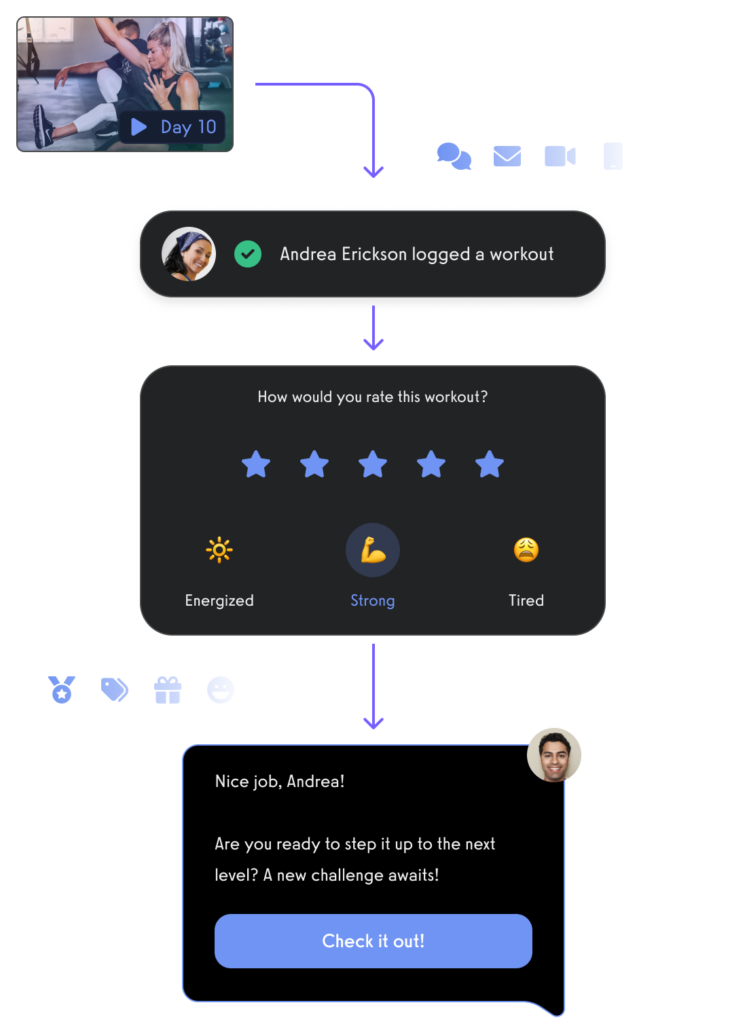
Manage leads with a fitness CRM. Read More: Top CRM Software for Fitness Clubs
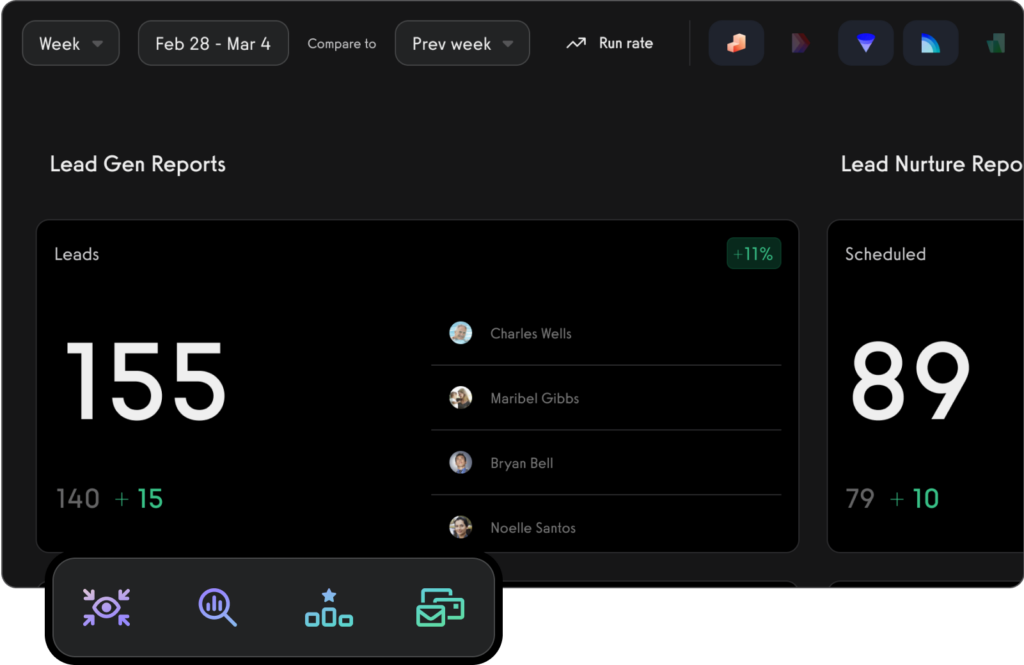
Create and send fitness assessments with ease.
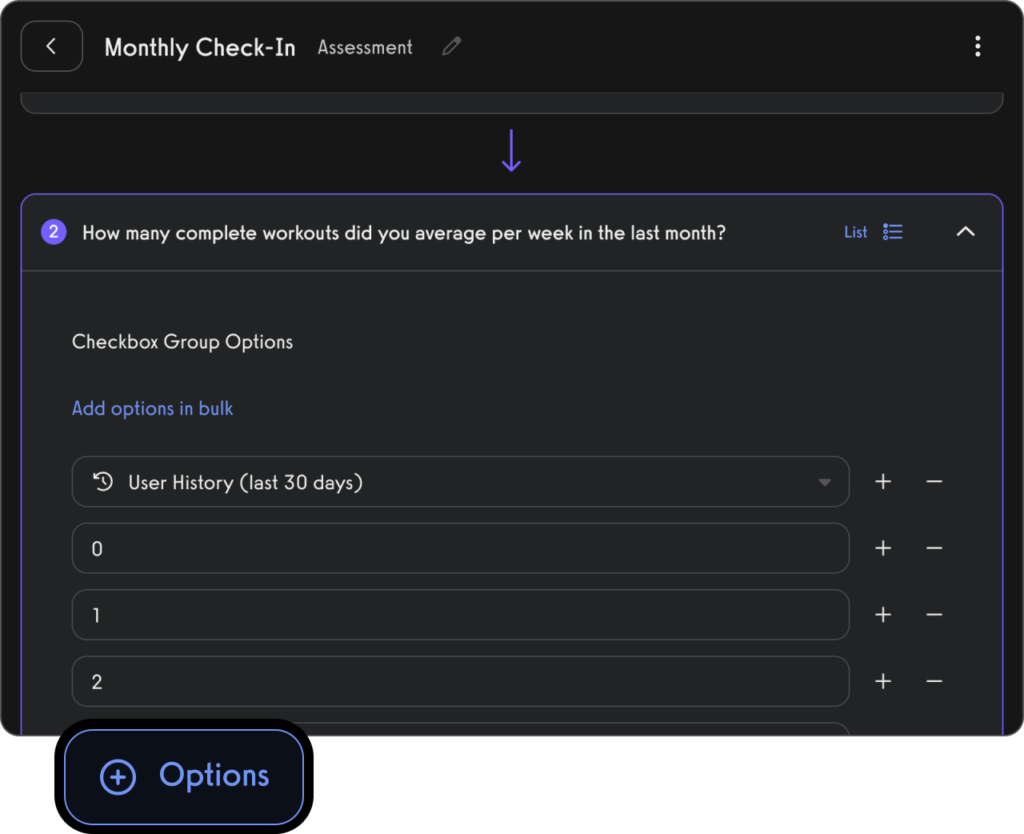
Use fitness habit tracking to inspire and motivate personal training clients (in-person and remote).

Use fitness progress photos to engage with clients.
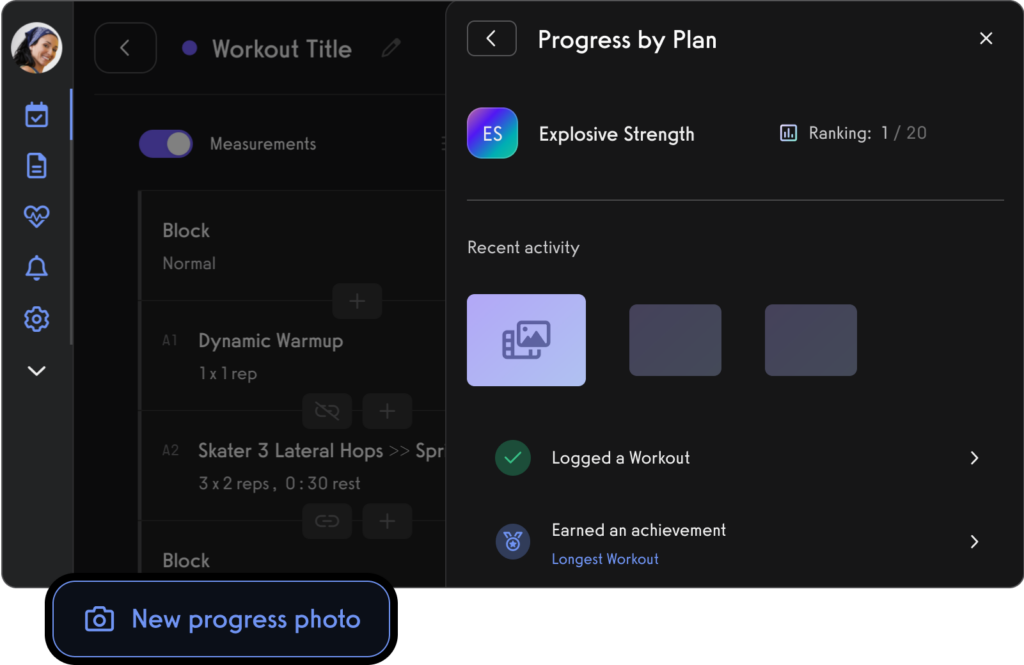
Use fitness leaderboards to track performance and inspire healthy competition.
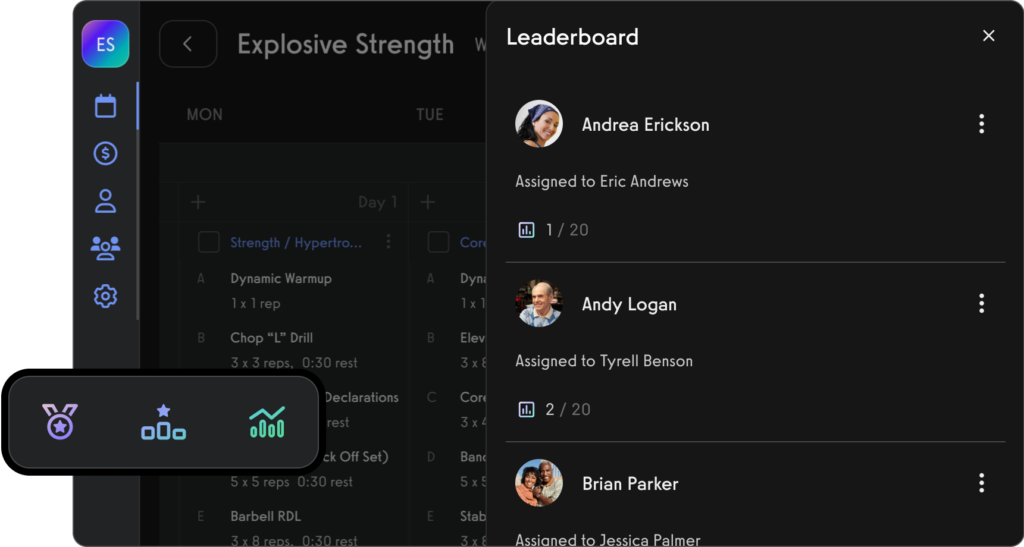
Use the exercise demonstration video library or create your own custom exercise demonstration videos.

Create workout plans for parents and dependents, teams and more.

Manage personal training clients with ease.

Book appointments for clients (Read More: Best Gym Booking Software)

Create classes and fitness groups

Manage fitness challenges (Read More: 100+ Fitness Challenge Ideas)
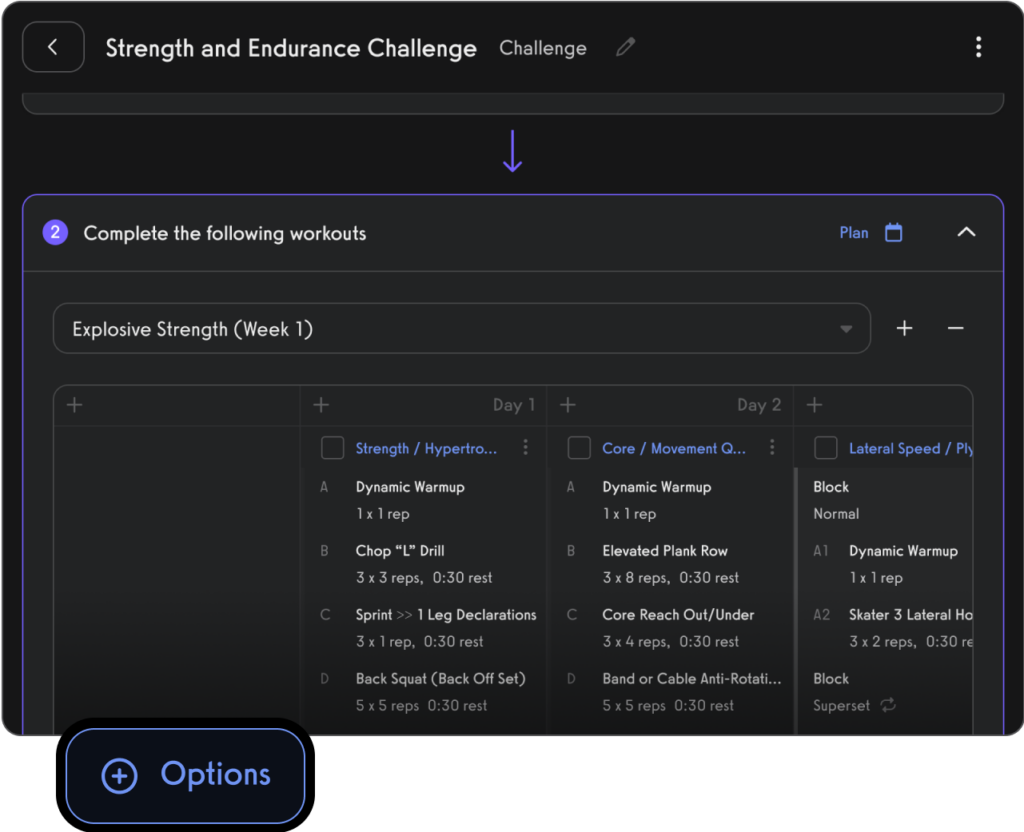
Process payments for open gym, classes, and personal training.

Communicate with gym members, athletes, team members, personal training clients, class members, parents, and dependents via SMS, email, and in-app push notification.
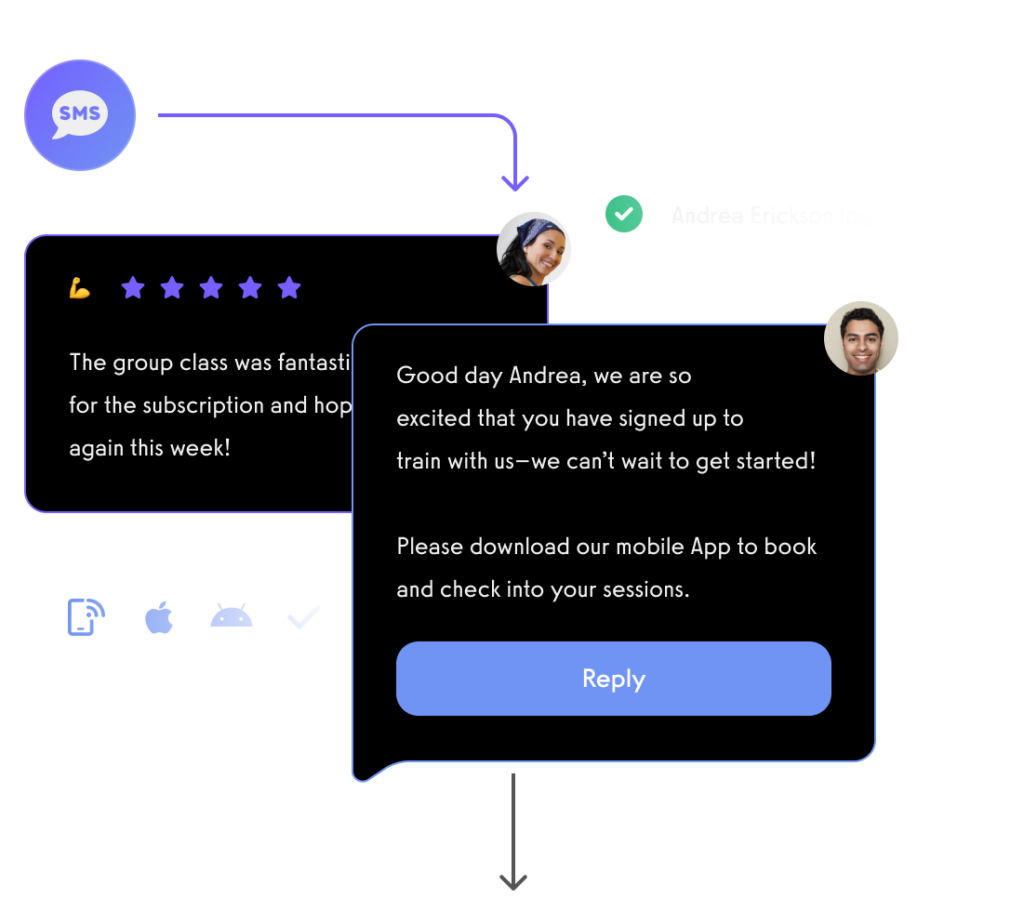
View performance over time, track personal records, and other fitness stats with performance reporting dashboards.
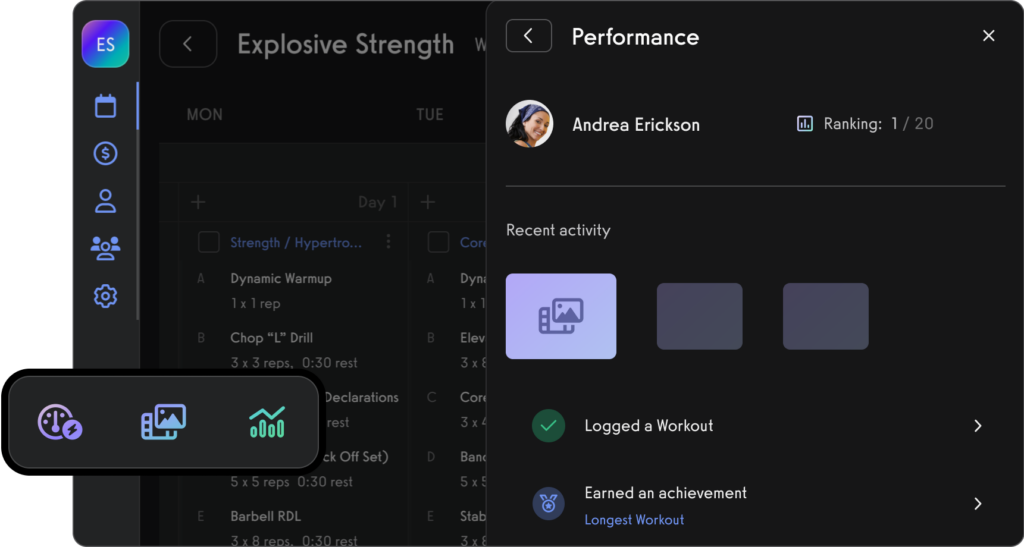
And of course, view all of your fitness business reports easily too.

All from your custom-branded fitness apps (Read More: Best Gym Mobile Fitness Apps Software)

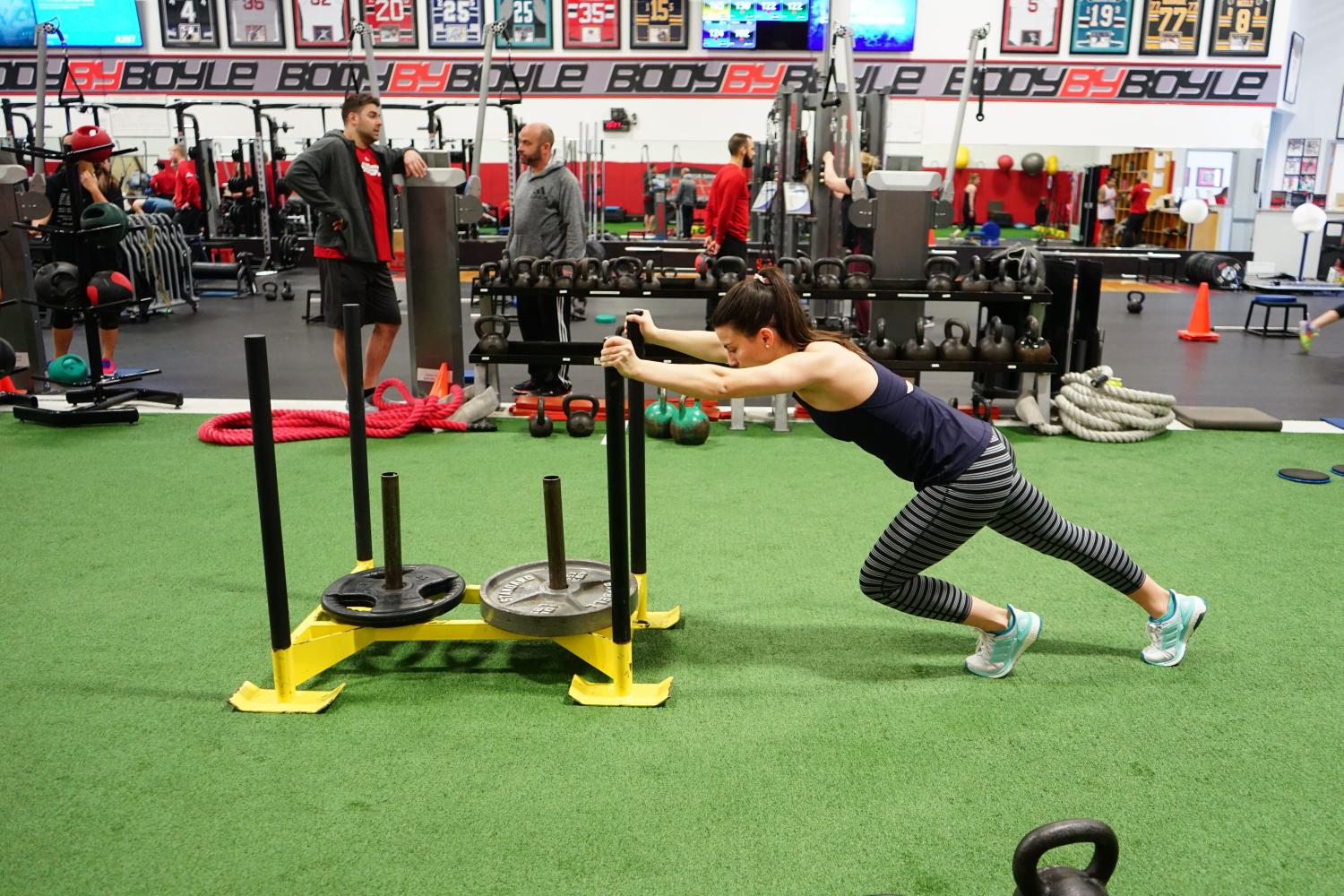
Want to learn how your fitness business can take it to the next level? Get a demo now!









